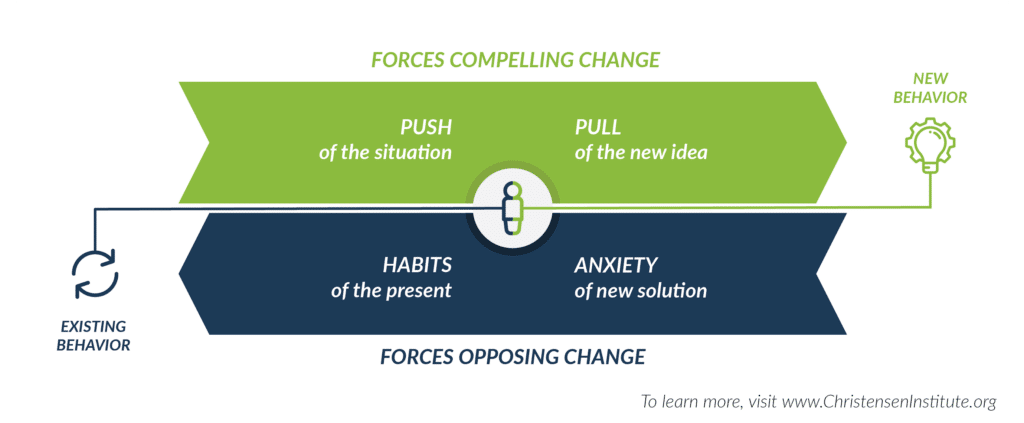With schools reopening across the country, many are worried about spikes in COVID-19 cases. Virus outbreaks in schools are causing public school districts to shut down and leading families to quarantine. The University of Alabama at Birmingham had 972 reported cases as of August 25—almost triple the number of new cases reported for the entire country of Canada on the same date. Teens and young adults are now increasingly at risk for COVID-19.
But returning to school is not the only risk factor for teens and young adults. A recent Stanford study found that vaping (inhaling and exhaling aerosol from an e-cigarette or similar device) puts teens and young adults at a much higher risk of catching COVID-19 when compared to their non-vaping peers.
Advocacy groups have pushed campaigns to limit e-cigarette use for a while now, especially with a number of illnesses and deaths linked to vaping last fall. With vaping rates still distressingly high—a 2019 study found that 25% of high schoolers reported vaping in the last 30 days—and students now forced into close quarters yet again, addressing the trend could help mitigate an already risky situation.
Understanding, but not repeating, the past
Teenagers have traditionally turned to smoking, despite its health risks, for a number of reasons. Many see smoking as a “quick and easy” way to reduce stress and “feel good”. In certain groups smoking is a tool to socialize with others. Youth especially have historically found it a way to look mature to their peers, as well as a way to rebel.
Thanks to a number of successful campaigns teen smoking has decreased from 24.6% to 3.6% in the past 21 years. Unfortunately, we have yet to see the same success with anti-vaping campaigns.
To illustrate why, we can look to the Forces of Progress framework, which outlines the different forces acting upon someone as they consider a behavior change. There are two types of forces: those compelling change (or adoption of a new solution) and those opposing change.
The Forces Compelling Change include the “push of the situation”—essentially the frustration or problem someone’s trying to solve—and the “pull of the new idea”—whatever it is that makes a solution enticing. The Forces Opposing Change include the “habits of the present”—which may be driven by comfort with familiar practices or resignation to living with a problem—and “anxiety of new solutions”—which accompany even the most compelling solutions.

To address teen smoking, multiple players joined forces and tackled the problem from every angle. Politicians introduced laws to make teen smoking more difficult. Public health experts designed campaigns exposing the dangers of smoking and making it appear unattractive and “dirty”. Healthcare providers created programming to support those trying to quit smoking, while pharmaceutical companies created products, such as Chantix, to ease anxiety around quitting. In short, they created a successful campaign that increased the Forces Compelling Change, while simultaneously decreasing the anxiety around quitting.
Regrettably, it’s been difficult to create an equally effective campaign against vaping. The forces compelling users to stop vaping aren’t strong enough in part due to misinformation leading teens to think vaping isn’t dangerous. On the flip side, the Forces Opposing Change are quite strong. The fact that vaping is still immensely popular among younger crowds makes it a difficult habit to break, along with the fact that teens can easily walk into a store and purchase a vape. The design and function of e-cigarettes makes them usable in any location and easily concealable, curtailing most (if not all) anti-smoking rules.
The COVID connection
This moment could be a make or break moment for anti-vaping campaigns. On the one hand, sudden shifts in routines coupled with long periods of social isolation could increase teen vaping rates. With vaping already advertised, in part, as a stress-relief tool, COVID-19 could end up enhancing the Forces Opposing Change.
However, the havoc COVID-19 is wreaking on people’s everyday lives could also be the needed force that pushes teens to quit. As news that vaping increases the risk of infection spreads, teens worried about protecting at-risk loved ones may be inclined to stop. In addition, many teens and young adults, college students in particular, want their lives to go back to normal. For them, taking any precaution necessary is of utmost importance—and that could push them to give up vaping.
Vaping has plagued the public health community for years. But right now, as the school year starts up again under the shadow of COVID-19, experts may have a way to finally decrease vaping rates. The key is flipping the scale so the forces compelling teens quit are stronger than those encouraging them to continue vaping—and now may be an opportune time. If students truly want to have their lives go back to normal, colleges to remain open, and families to stay safe, they may be more willing to give up vaping than ever before. It’s on campaign organizers to identify and latch onto these opportunities, taking care to consider the myriad opposing forces that drive behavior.
For more, see:
What’s the key to ending vaping? Not following smoking’s roadmap


